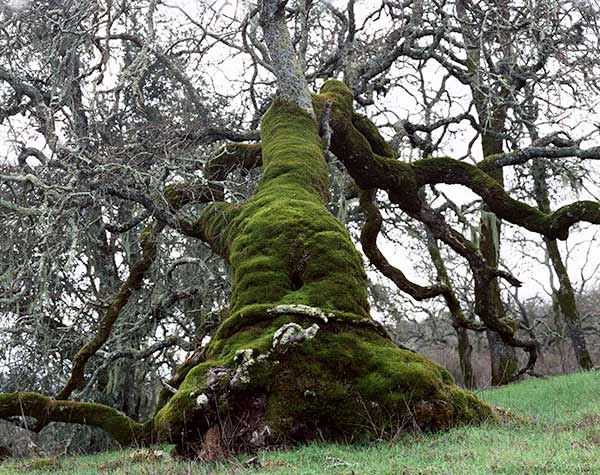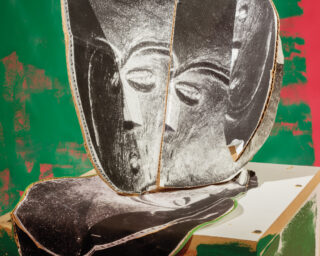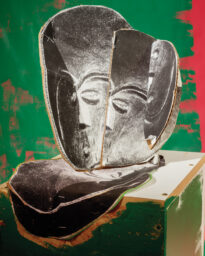In California, Trees as Witness and Living Memorial
Elizabeth Huber reflects on Ken Gonzales-Day and the history of lynching in California.
Elizabeth Huber reflects on Ken Gonzales-Day and the history of lynching in California.
Coinciding with Aperture magazine’s “Vision & Justice” issue, students in Sarah Lewis’s Harvard University class “Vision & Justice: The Art of Citizenship” contributed essays on the relationship between images of social unrest and landmark Supreme Court decisions. Here, Elizabeth Huber reflects on Ken Gonzales-Day and the history of lynching in California.

Ken Gonzales-Day, At daylight the miserable man was taken to an oak, 2003, from the series Searching for California’s Hang Trees
Courtesy the artist
Ken Gonzales-Day’s Searching for California’s Hang Trees is a series of photographs that depicts the possible or confirmed sites of lynching in California between 1850 and 1935. In one image from the series, At daylight the miserable man was taken to an oak (2003), Gonzales-Day photographed a Californian oak from a very low angle. Through this series, Gonzales-Day calls attention to the lack of historical memory regarding the lynching of Mexican Americans in California, as well as Native Americans, African Americans, and Chinese immigrants. Gonzales-Day visualizes the historical erasure of non-white, racialized bodies, and disrupts the traditional American understanding of race as a black/white binary.
Gonzales-Day cites the explicit use of photography as a tool for witnessing. In At daylight, he positions the oak as the subject of the image in a portrait-like manner: from a low angle perspective, the oak engulfs the entire frame. The close-up of the oak allows the viewer to examine the tree in great detail as an individual, living thing, set in contrast to the silenced lives that ended nearby. While the names of the lynched are sometimes absent in American history, the trees, as photographic subjects, become memorials to those who have died. The trees are conscripted as witnesses to an elided narrative: The trees were present before people were hung and they remained thereafter. This notion of the silent witness in conversation with the silenced victim further encapsulates the artist’s motivation to recover historical memory.
In choosing trees as subjects of his series, as well as through the composition of the images themselves, Gonzales-Day underscores both the pain and suffering endured by African Americans and Mexican Americans, and the additional violence of erasure from the official record. In speaking about his work, Gonzales-Day emphasizes how his work also functions as documentation. The work is able, as he puts it, to “relocate that history in the present.” Furthermore, he views Searching for California’s Hang Trees as a way of extending our historical understanding of race relations, rather than trying to “diminish or distract” from the historical legacies of lynching on the African American community. In this manner, Gonzales-Day challenges us to look back while we look ahead, and to reposition Latino bodies in the historical and cultural legacies of the United States.
Elizabeth Huber studies history and literature at Harvard University.


























